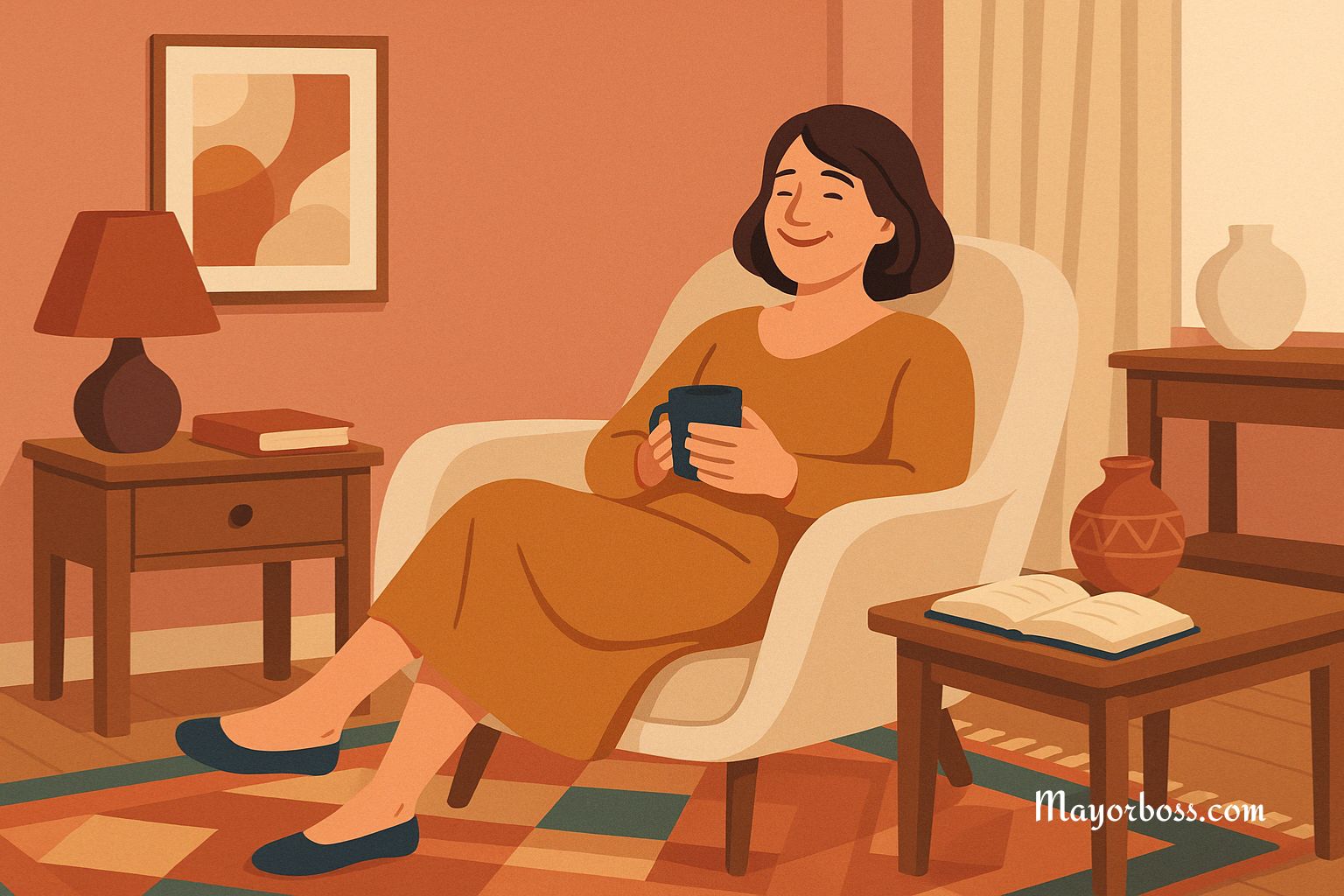The Healing Power of Being Alone—Without Feeling Lonely
Many people treat constant social contact as a badge of health. Yet balanced solitude gives the nervous system a short “reset” that quiets racing thoughts, lowers muscle tension, and steadies heart rate. An American Psychological Association report notes that even ten calm minutes alone can soften anger, anxiety, and stress.

Being Alone and Loneliness Are Not the Same Thing
Being alone is a choice that feels peaceful; loneliness is the distress that comes from feeling disconnected. Research from the University of Reading shows that when solitude is intentional, mood lifts and self‑confidence grow. In contrast, ongoing loneliness doubles the chance of cardiovascular disease and shortens life expectancy. Knowing this difference helps each of us decide when an empty room heals and when it hurts.
Mind and Body Gains from Being Alone
Lower stress hormones
Quiet moments switch the body from “fight‑or‑flight” to “rest‑and‑digest.” Cortisol levels fall, blood pressure steadies, and the immune system works more efficiently.
Better mental clarity
Without background chatter, the brain organizes information, sorts memories, and solves problems faster. A recent survey found that 56 percent of adults rely on solo breaks to keep mental health on track.
Deeper self‑awareness
Reflection during alone time encourages honest evaluation of feelings, goals, and values. This internal check‑in guides better decisions about work, relationships, and lifestyle.
Creative momentum
Painters, writers, and scientists often report breakthrough ideas emerging during uninterrupted quiet. One PLOS One study found that “partial solitude”—silence with light music or nature sounds—sparked the strongest creative flow while still preserving connection to the outside world.
Practical Ways to Enjoy Being Alone
Schedule small pockets
Mark ten to fifteen‑minute blocks on your calendar for silent reflection, deep breathing, or a slow stretch. Protect these appointments as you would any important meeting.
Step outdoors
A solo walk in a park merges the calming effects of nature with movement. Exposure to trees and fresh air drops heart rate and improves mood within minutes.
Keep a journal
Writing thoughts and feelings translates vague worries into clear words. This simple act reduces rumination and highlights practical next steps.
Embrace mindful hobbies
Tasks such as sketching, gardening, or assembling a puzzle demand gentle focus and provide visible progress, rewarding the brain with a sense of mastery.
Limit digital noise
Silence phone alerts and close extra browser tabs. Reducing virtual chatter keeps attention on the present moment and prevents comparison with curated social feeds.
Guardrails That Keep Loneliness Away
Healthy solitude rests on confidence that supportive relationships remain close. Maintain regular check‑ins with friends and family, use group activities that feel meaningful, and share intentions: “I need a quiet hour; let’s talk afterward.” In this framework, solitude refreshes rather than isolates.
If sadness, hopelessness, or strong fear appear during alone time, reach out quickly. A brief call, text, or online support meeting can restore emotional safety before distress deepens.
When Expert Help Becomes Essential
Seek professional guidance if:
- Persistent low mood lasts two weeks or more.
- Sleep, appetite, or daily function drops.
- Solitude feels forced, not chosen.
- Thoughts of self‑harm emerge.
Medical or mental health professionals can screen for depression, anxiety, or other conditions and design personalized care plans.
Key Takeaways
- Chosen solitude renews energy, sharpens focus, and supports heart health.
- Lonely isolation, in contrast, raises disease risk and mortality.
- Short, planned periods alone—paired with reliable social support—deliver healing without emotional cost.
- Simple actions such as mindful walks, journaling, and hobby practice turn quiet moments into medicine for body and mind.
